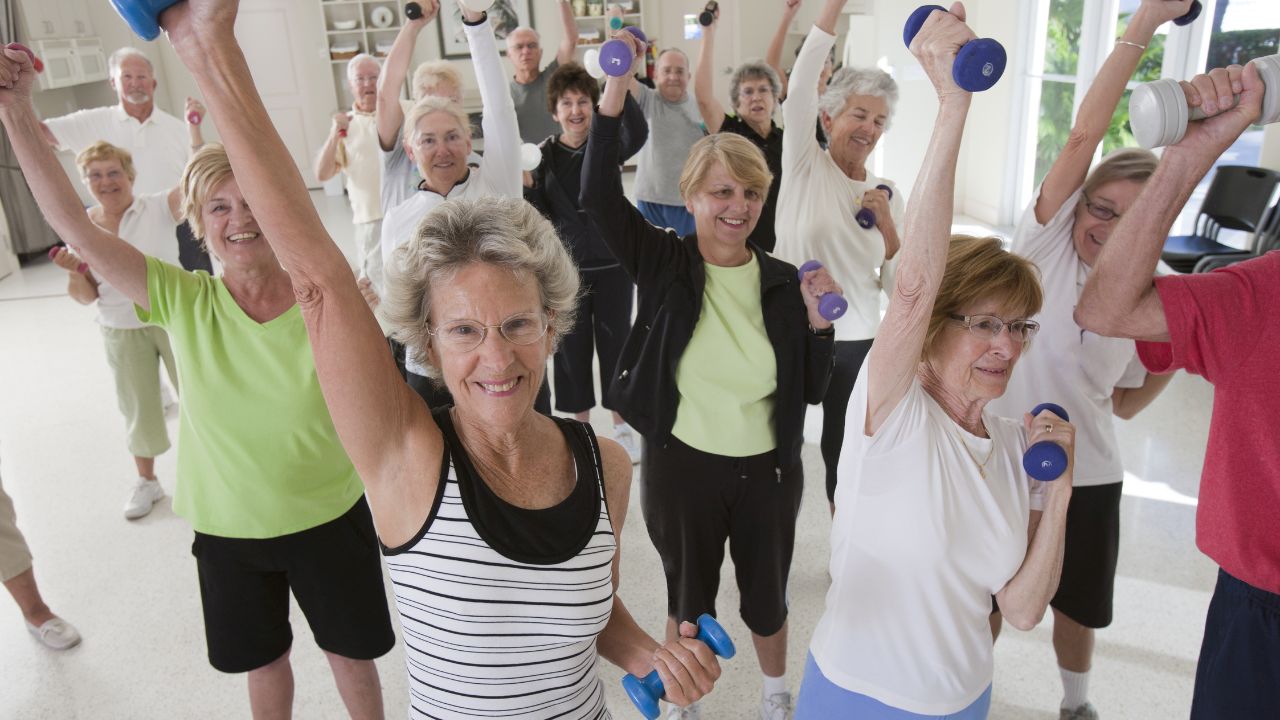
Participation is key to any successful weight loss strategy. This helps you keep a check on your food intake. Here are some tips to help you control your portion sizes. These are some great tips:
Serving size card
A serving size card is a great way to help you lose weight if you are having trouble deciding how much to eat. To help you determine the portion size of common foods, the National Heart, Lung, and Blood Institute created a free, printable serving size card. This card will show you how many servings of common foods groups (including whole grains, sugars and fats) each one contains.

Portion control plates
These portion control plates can be a great way of controlling your portions and maintaining a healthy weight. They can help people with diabetes stick to their meal plans and lose weight. They can also be used to help people with high blood pressure or diabetes keep a healthy weight. You can lose weight and eat healthier with these portion control plates. They are easy to use and will help you lead a healthier lifestyle.
Calorie goal calculator
To determine the amount of food you should eat each day to reach your goal weight, a calorie goal calculator is an excellent tool. This tool can be used to determine how many calories you need each day, taking into account factors such as age, height, sex, activity level, and gender. A trained professional is recommended in order to get the best results.
Restaurant portion size
Researchers have found that there is still a strong relationship between restaurant portions and weight gain, despite divergent opinions. Increased restaurant portion sizes and obesity were linked to an overall rise in energy intake. These effects continue even though consumers may not be aware of them. The Dietary Guidelines Advisory Committee, (DGAC), concluded in 2010 that there was "strong evidence supporting a significant relationship between increased portions and higher body weight."
Making smaller meals
Eating smaller meals and consuming less food is a great way to be more aware of what you are eating. Many people find that by keeping track of how much they eat and how much they feel full, they are more likely to lose weight. This is because we tend be less hungry if we're given larger portions. A food diary will help you be aware of your eating habits and allow you to make the necessary changes in your diet. You don't need to eat smaller meals to lose weight. There are many ways you can do this. Below are some easy tips that will help you cut down on portions and increase your satisfaction with food.

Reduced food cravings
Your activity level can help reduce food cravings. You can maintain your weight loss by exercising and eating healthier food. Walking for 5 minutes five minutes before lunch can reduce cravings by up to 20%. You can increase your activity and reduce your cravings for unhealthy food by distracting your brain. Eating more protein and reducing processed food consumption can help you lose weight and feel less hungry.
FAQ
What foods will help me lose weight more quickly?
By eating less calories, you can lose weight quicker. You have two options:
-
Reduce the amount of calories that you consume each day.
-
Physical activity can help you to burn more calories.
It is easy to reduce calories. It's no surprise that we are constantly bombarded with high-calorie fast food options. Here's a list that will help you lose weight.
-
Beans are high on fiber and protein. They contain almost no fat, making them an ideal choice for dieters who want to reduce their caloric intake.
-
Oatmeal has low calories, but high levels of nutrients such as magnesium and potassium. Oatmeal is lower in sugar than other cereals.
-
Eggs contain high levels of protein and cholesterol. Consuming eggs at least once a week can increase your metabolism and help you burn more calories.
-
Whole grain bread reduces hunger pangs. This can help you feel fuller and longer.
-
Dark chocolate is full of antioxidants. Flavonoids have been linked to lower blood sugar and improved heart health.
-
Cottage cheese is rich in calcium which aids in bone strength. Cottage cheese is also high in calcium, which aids in bone strength.
-
Omega-3 fatty Acids are a key component of salmon. They promote brain development, and improve cardiovascular function.
-
Green tea contains a lot of catechins. These are compounds that can fight cancer and improve metabolism.
-
Broccoli, a rich source of folic acid, is great for lowering homocysteine levels. A higher risk of developing heart disease and stroke is associated with high homocysteine levels.
-
Yogurt can be a great way for you to get probiotics without having to eat a lot of sugar. Probiotics are vital for good digestive health.
-
Berries are a tasty snack that is also nutritious. All of these are excellent sources for vitamins and minerals, including blueberries, strawberries and blackberries as well as raspberries and cranberries.
-
Avocados are rich in healthy fats. Half an avocado is only 80 calories, but it contains plenty of fiber and potassium.
-
Nuts can be enjoyed as a snack, but they are also rich in protein. Almonds, cashews, hazelnuts, pecans, walnuts, and pistachios are all great choices.
-
Sweet potatoes are another starchy root vegetable rich in beta carotene. It makes your skin shine. Because of their higher beta carotene levels, orange sweet potatoes are particularly good.
How Much Weight Can You Lose in a Week?
Your body fat percentage determines how much weight you are able to lose. First, calculate how much weight your goal weight is and then determine what your BMI (Body Mass Index). Your BMI indicates how much weight we should lose to achieve our goal. If your BMI is 25 or greater, you're overweight. If your BMI is 30 or higher, you're obese.
If you are 200 lbs, your BMI will be 28.7. This would mean that you'd have to lose about 70 pounds in order to reach a healthy weight. To see if you're overweight, visit www.healthyminds.com/bmi/.
This formula can be used to calculate how many pounds you will lose each week once you have determined your BMI.
(Your Goal Weight - Current Weight)/BMI * 7 Number Of Pounds Lost Per Week
To lose 50 pounds in a month, you would need to exercise for 2 weeks. That's 56 days divided by 7 pounds per day. This works out to 8.3 lbs per week.
You could also try this calculator from www.weightlosscalculator.net. It provides an estimate of the number of calories you should consume each day to lose 12 pound per week.
What amount of exercise is necessary to lose weight?
The amount of exercise needed for weight loss depends on several factors, including age, gender, body type, and how much you weigh. Most people need to exercise at least 30 minutes five days a weeks.
The American College of Sports Medicine recommends 150-minutes of moderately intense aerobic activity every week. It should be spread over three separate days.
For example, if your goal is to lose 10lbs, aim for 300 minutes of moderately intense exercise per week. You can do this by walking fast, swimming laps or biking, as well as playing tennis, golfing and hiking, or jogging, running or other similar activities.
For those just starting out, you might consider 20 minutes of vigorous activity every other week. You could do sprints, lifting weights or jumping rope.
Aerobic exercise is a great way to burn calories and build muscle mass. Muscles can burn more calories that fat. Building muscle and losing weight can help you reach your goals faster.
Statistics
- A 12-week study in 20 women with obesity found that walking for 50–70 minutes 3 times per week reduced body fat and waist circumference by an average of 1.5% and 1.1 inches (2.8 cm), respectively (healthline.com)
- According to Harvard Health, it's estimated that a 155-pound (70-kg) person burns roughly 112 calories per 30 minutes of weight training (5). (healthline.com)
- According to a study sponsored by the American Council on Exercise, a person weighing around 140 pounds (64 kg) would burn 108 calories at a 30-minute beginner's Pilates class or 168 calories at an advanced class of the same duration (26). (healthline.com)
- According to Harvard Health, it's estimated that a 155-pound (70-kg) person burns around 167 calories per 30 minutes of walking at a moderate pace of 4 mph (6.4 km/h) (5). (healthline.com)
External Links
How To
How to quickly lose belly weight?
It's not easy to lose belly weight. It takes dedication, hard work, and dedication. If you apply these tips, you'll see the results.
-
Eat Healthy Food. It is vital to eat healthy food. Make sure you eat whole foods, fruits, vegetables.
-
Drink Water. Drinking water will keep you hydrated and make it easier to feel satisfied for longer durations. Keep hydrated every day.
-
Cardio exercises. Cardio exercises will help you burn calories and build muscle. They improve heart health and metabolism. Do 30 minutes of cardio exercise each day.
-
Get enough rest. Sleep is crucial for maintaining good health. Lack of sleep causes stress and anxiety, which leads to unhealthy habits like overeating and smoking.
-
Reduce Stress. Stress has a profound effect on brain chemistry as well as hormonal levels. Cortisol, a hormone which increases hunger pangs as well as cravings to eat high-calorie foods, is released when we're stressed.
-
Take Regular Breaks. Take frequent breaks throughout the day. You can go for a walk outside or take a quick nap. This allows your mind and body to relax and allow you to recover.
-
Avoid Alcohol Consumption. Alcohol can cause empty calories and slow down digestion. Alcohol should be avoided if you're looking to lose belly-fat.
-
Have Fun